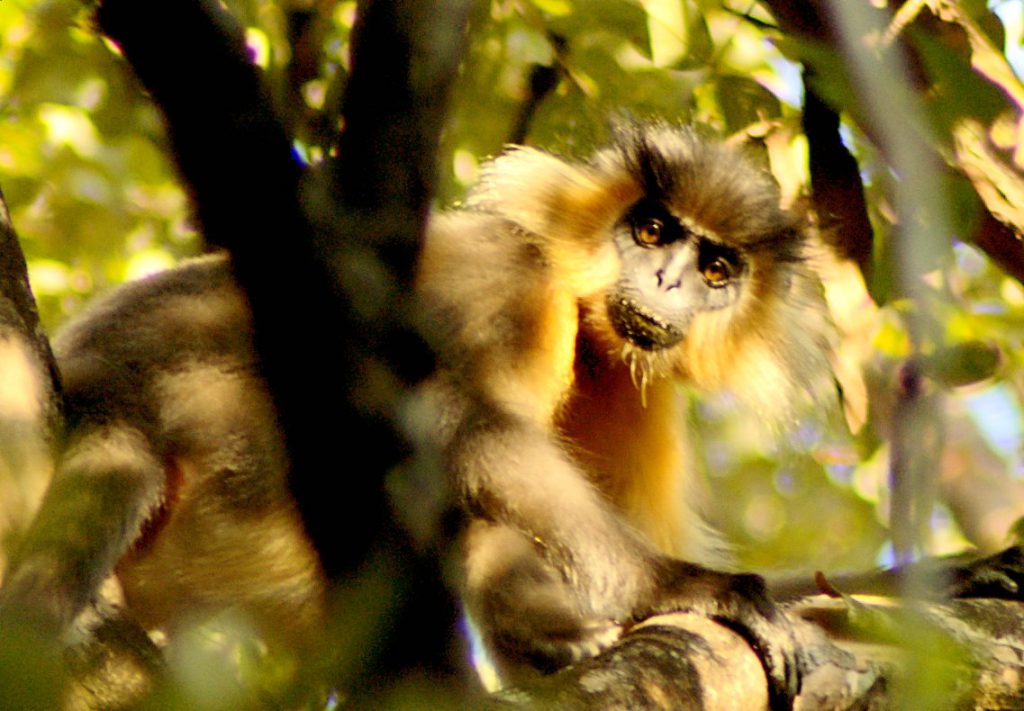Manas national park is situated in Assam state in India. As a member of BNHS Mumbai I participated in nature camp in 2009. It is one of the most memorable nature camps in my wandering experience. I also visited the national park in 2014 with my trekking friends.
Manas National park is situated in the foothills of Himalaya on the Indo-Bhutan border separated by manas river which flows down to join mighty Brahmaputra river. It is a great park consist of an evergreen forest with amazing flora and fauna found anywhere in the world. UNESCO has declared this national park as a world heritage site and UNESCO is also funding for conservation of this great biosphere. The vegetation here is a semi-evergreen and tropical rainforest and vast grasslands with more than 10feet high grass. Even elephants cannot be visible in the grass. Elephants with more than hundreds in a single group can be seen here which nowhere in India we can see. A large variety of mammals can be found in this forest such as elephants, tigers, indian wild buffalos, leopards, bison, sambar deers, barking deers, wild boars, sloth bears, giant Malabar squirrels, hoolock gibbons, rare redface monkeys, the Assamese rhinos, etc, the list is very big. All of these animals can be found in this great biosphere. Birds of countless species are found here. Rhinos also inhabit here. Because of this vast spectrum of wildlife, UNESCO has declared it a world heritage site. While when we exploring the forest by jeep we encountered all these wildlife except tiger since they are elusive. It was a mind-boggling experience to see elephant s in a group with more than 100 together moving. A lifetime experience for nature lovers. It’s pristine tropical evergreen forests where no sunlight enters inside, hundreds of rivulets crisscrossing the forest with abundant water, wildlife is sustained well here. For me, it is a lifetime ambition to see the park and I am fortunate to see it twice. We roamed the in Jeeps two trips morning and evening for four days traveling every corner while in the BNHS camp.
The second time, we stayed in the core area of the park is a place called Mathanguri. The wildlife department has a bungalow and a small dormitory. on the bank of river Manas at the border of Bhutan. We are fortunate to get this since it is always overbooked. The other side of rivers is the Bhutan side of the forest. Wild buffalos can be seen on grazing across the side of the river. It is an unforgettable experience to sit on the bank of the river and see the pristine forest around and river manas gushing down from the Bhutan side. We spent most of our time after jeep travel on the waterfront. enjoying the views of magnificent surrounding nowhere we can see on this planet. And hoping to go again to see this great wonderful world if I get an opportunity

